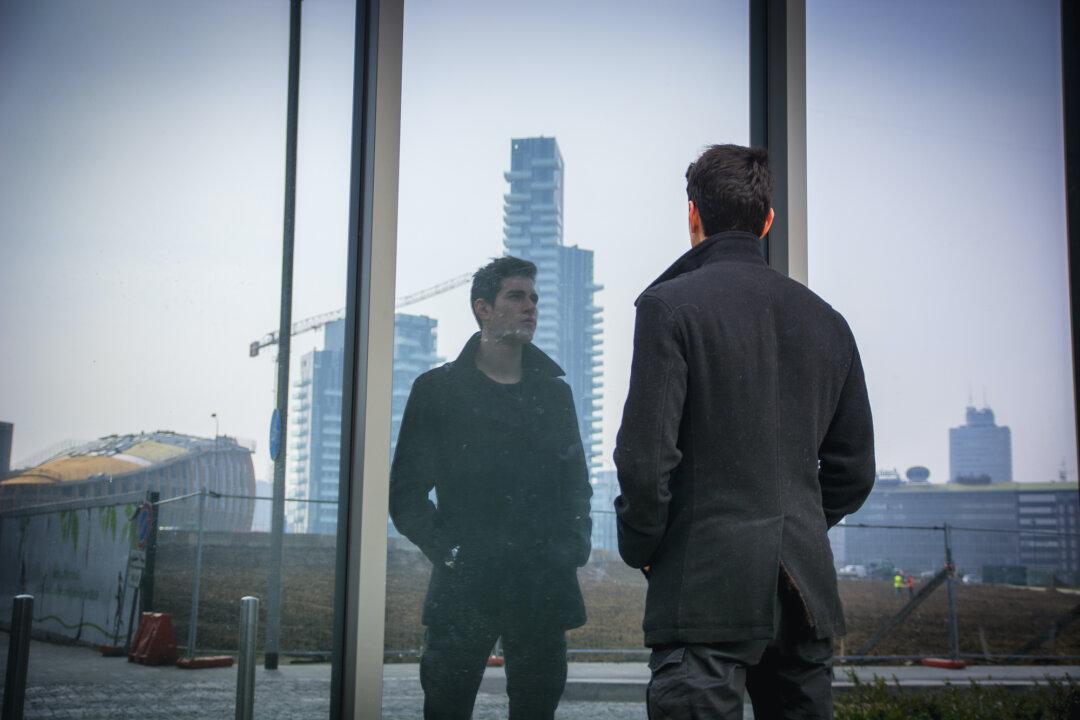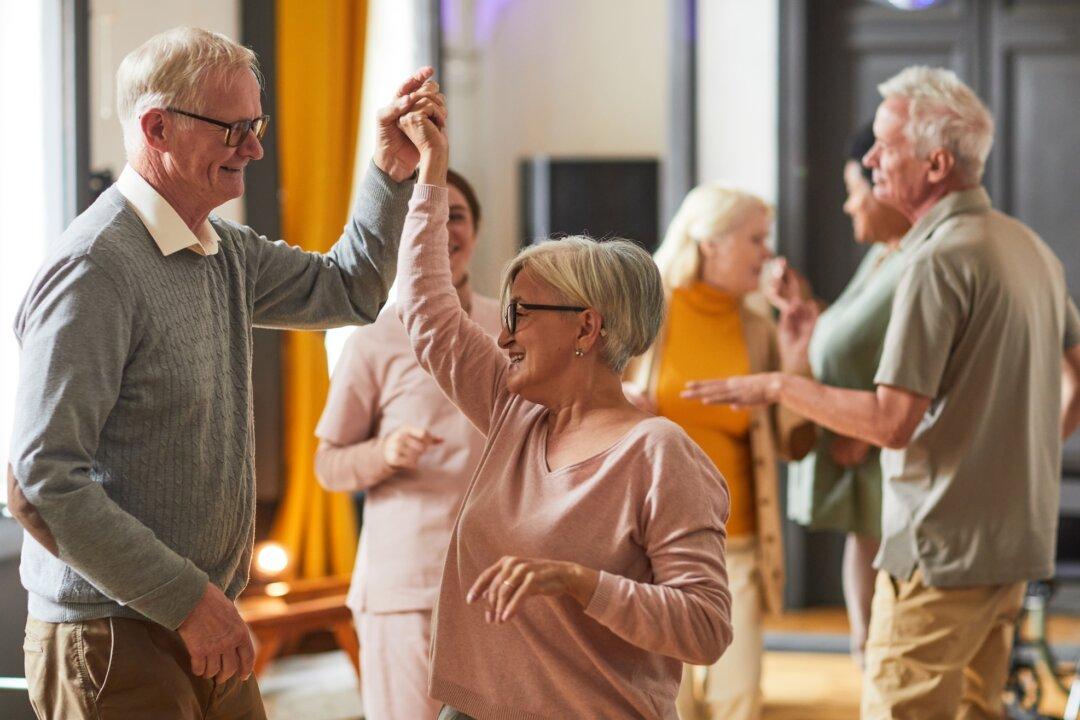I walked by a shop window, and when I realized that the reflection in the glass was me, I was stunned. I had to do a double-take. Who was that woman with rounded shoulders?
I spend hours at my computer, constantly bending forward to read or write something. I have done extensive study, through the Harkness Ballet of New York, about imagery and alignment, and I realized that somewhere along the way, my posture—and how I see myself—had gone astray.






